What is photovoltaic effect, definitation and types of PV solar panels?

- What is photovoltaic (PV) effect and how do photovoltaic (PV) cells work?
- What are photovoltaic panels?
- Types of PV panels.
- Which type is more suitable with your usage.
This is what we are going to cover in this topic of "Photovoltaic systems"
- What are photovoltaic panels?
- Types of PV panels.
- Which type is more suitable with your usage.
This is what we are going to cover in this topic of "Photovoltaic systems"
In previous topics of "photovoltaic systems" you might know "what exactly is your consumption of electricity" and "Cost and size for installing your new PV solar system". Whether you made the decision to go solar or not you still had to know more about Photovoltaic panels:
Photovoltaic Effect:
The solar cells that you see on everywhere are also called photovoltaic
(PV) cells, which as the name implies (photo meaning "light" and voltaic
meaning "electricity"), convert sunlight directly into electricity.
Photovoltaic cells are made of special materials called semiconductors such as silicon, which is currently used most commonly.
The other part of a typical solar cell is doped with the element boron, which has only three electrons in its outer shell instead of four, to become P-type silicon. Instead of having free electrons, P-type ("p" for positive) has free openings and carries the opposite (positive) charge.
How do photovoltaic solar cells work?
Sunlight contains packets of energy called 'photons'. When the sunlight strikes the n-type silicon layer, the energy that photons carry makes some electrons free and they move. They move to the p-type layer causing electrical current in the circuit. The device that we want to run will be contact to the Front contact and Bach contact. Look at figure below.
What are Photovoltaic (PV) panels?
Photovoltaic panel or module is a combination of solar cells which is connected together in series or in parallel and collected in one frame called solar panel or solar module.
A solar array as shown is a combination of solar panels connected together in one frame.
A solar array as shown is a combination of solar panels connected together in one frame.
Types of PV panels:
While there are many brands on the market, there are essentially
just three types of technologies involved in making a solar panel –
monocrystalline, polycrystalline and thin film (amorphous).
The info-graph blow will be more efficient to know difference between them:
The info-graph blow will be more efficient to know difference between them:
Which type of PV panels is more suitable with your usage:
Remember: the best solar panels may be different depending on your needs and location!
To make this decision you must study the three types first and take these factors in consideration:
- Your location ( solar intensity)
- Space or area you have.
- Temperature.
- Economical view.
- Your location ( solar intensity)
- Space or area you have.
- Temperature.
- Economical view.
Now the decision is yours.
We never forget to recommend you that having a clean world and powerful energy sources is the responsibility of all of us. So as you are here you must play your role by sharing this topic with your friends. We know that your dream is to see our world as a large solar city.






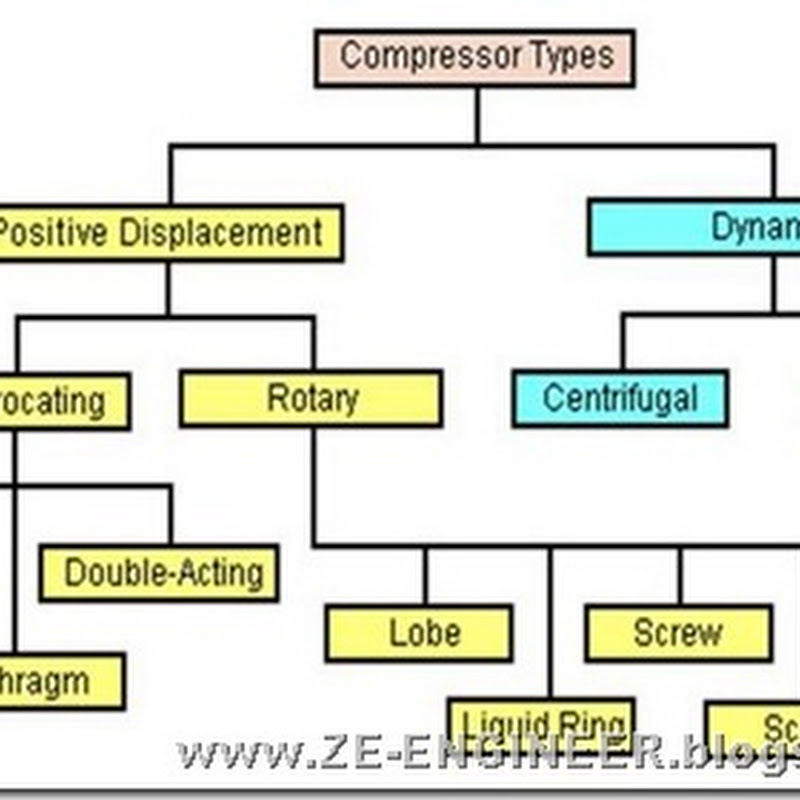
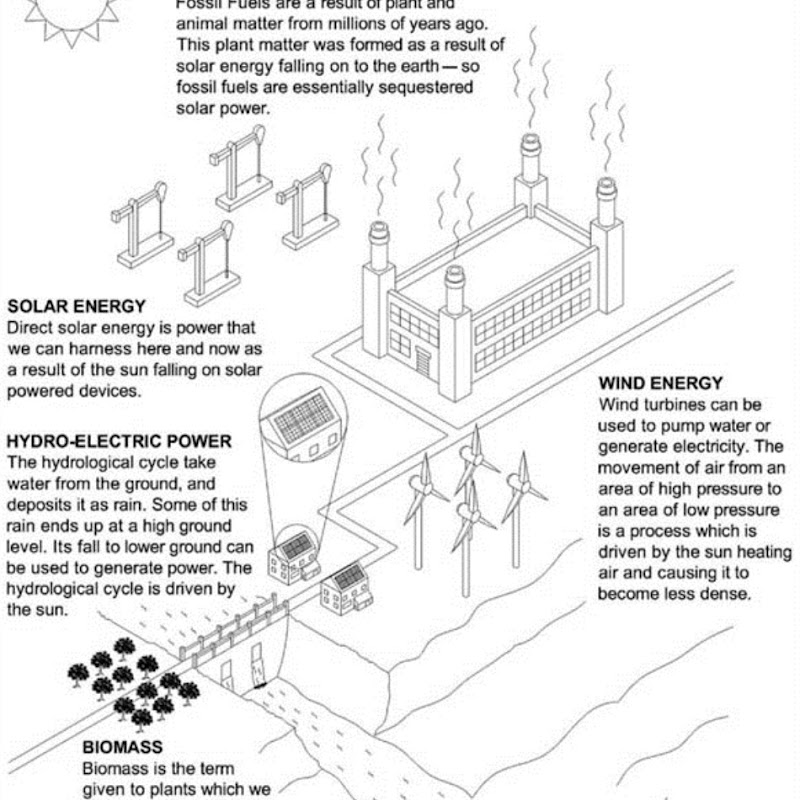
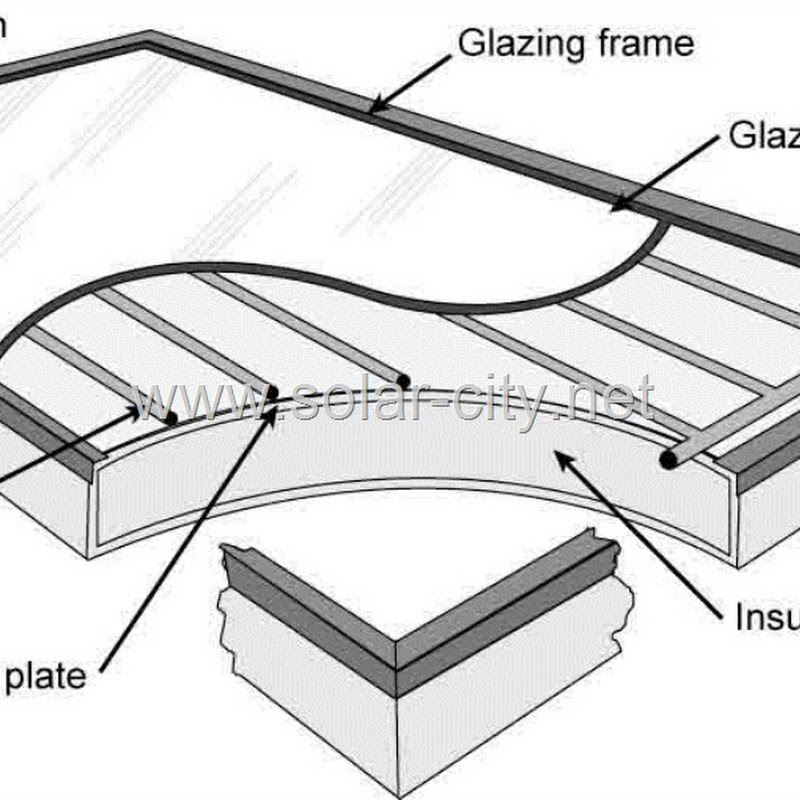
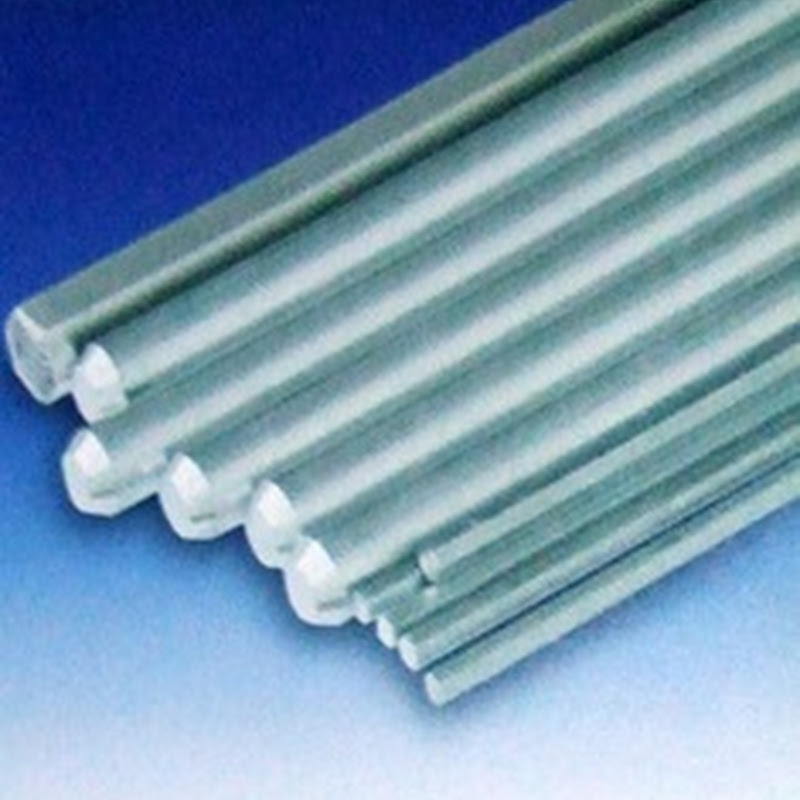
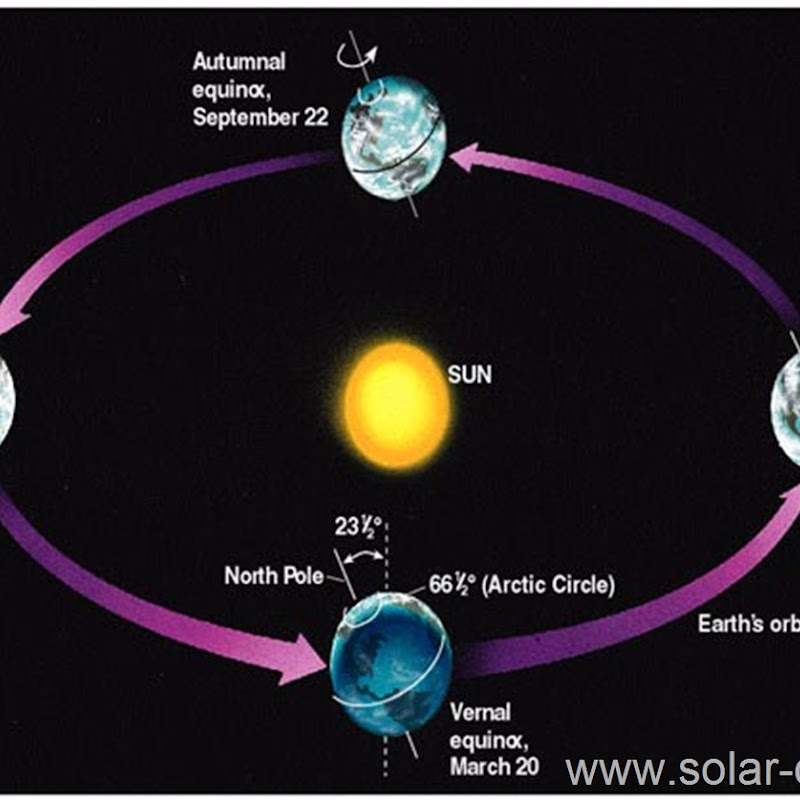
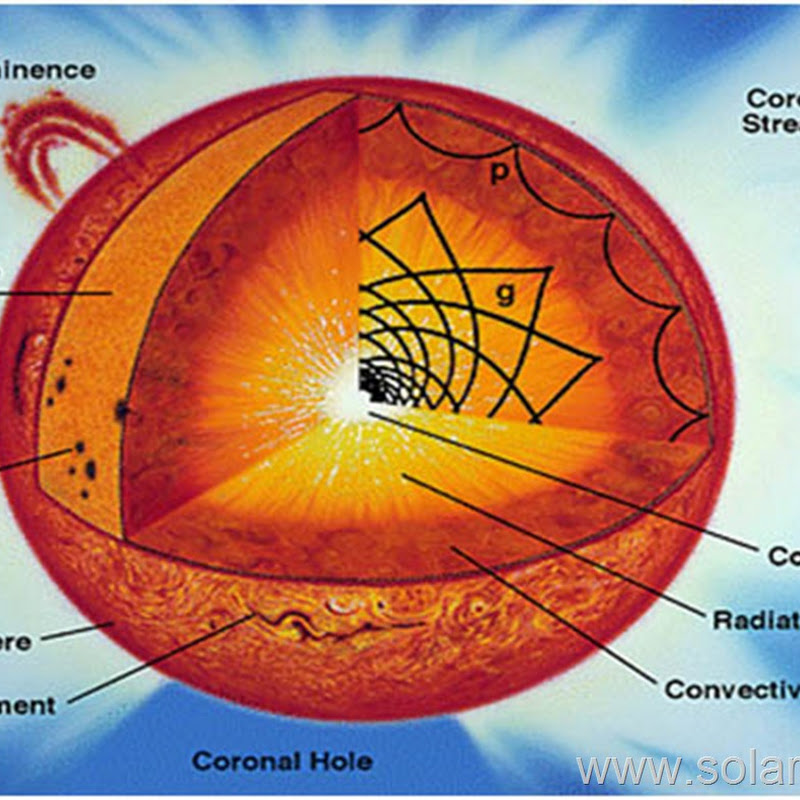


Can somebody else please provide feedback and let me know if this is happening to them as well?
ReplyDeleteFinally I have found something which helped me. Appreciate it!
ReplyDeletesolar pv installation
Finally I have found something which helped me. Appreciate it!
ReplyDeletesolar pv installation
Nice to be visiting your blog again, it has been months for me. Well this article that I've been waited for so long. I need this article to complete my assignment in the college, and it has same topic with your article. Thanks, great share.
ReplyDeleteOracle & Primavera